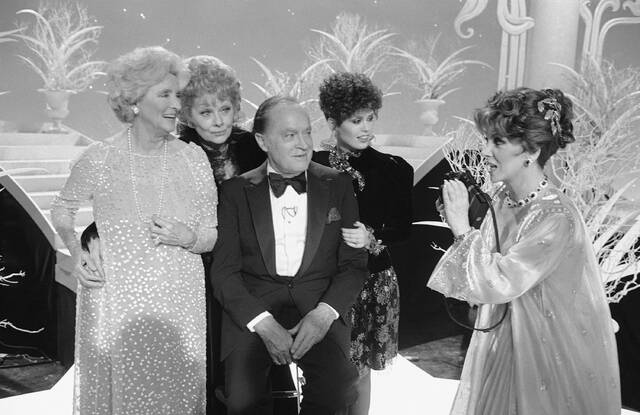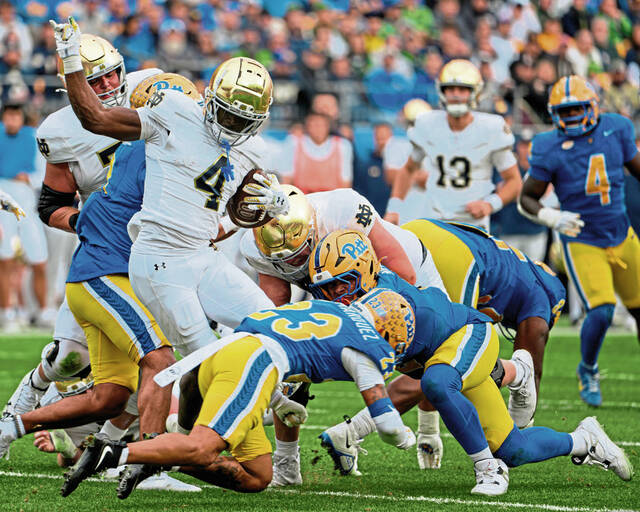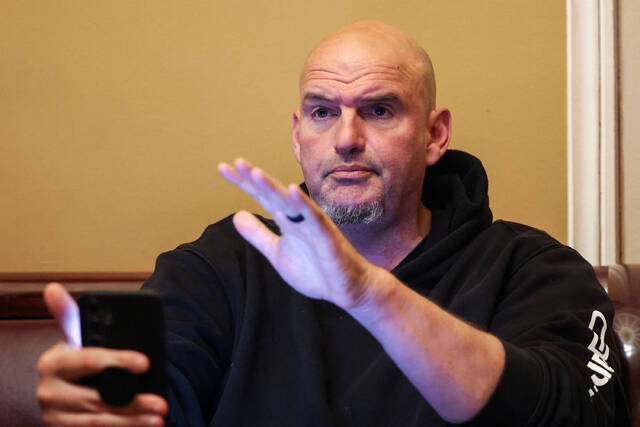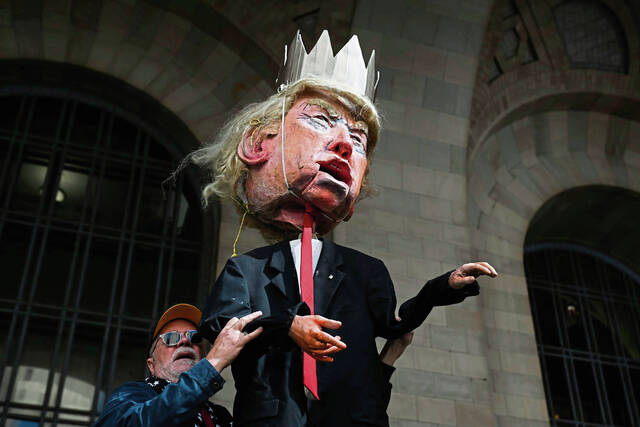If you’re looking for a family Christmas movie this year, I’d like to suggest an obvious favorite, but for reasons perhaps less obvious. The movie is “Home Alone,” and the unexpected reasons? Well, read on. And as I share these explicitly Christian elements, please understand that it is, well, a Christmas movie.
Released in November 1990, “Home Alone” became an instant Christmas classic. Its main star, Macaulay Culkin, played Kevin. It was directed by Chris Columbus and produced by John Hughes.
“Home Alone” is a movie the entire family can watch. And yet, what strikes me every time I watch are the Christian messages.
The first clear indication of that comes when Kevin is out and about after being left home. Fleeing the burglars with whom he’ll have an epic home-invasion encounter later, he finds refuge in, of all places, a manger outside a church. He’s protected.
“Maybe he went in the church,” speculates one of the burglars from his van window.
“I’m not going in there!” responds the other, tellingly.
“Me neither,” concedes his partner in crime.
The next time Kevin is threatened, he again finds refuge at the church, this time inside — in a pivot point in the story.
Inside, Kevin unexpectedly comes face to face with the scary old man who lives next door, who his nasty brother Buzz convinced him is a closet serial killer.
This is one of the movie’s most poignant scenes. Kevin enters the sanctuary to the comfort of a children’s choir rehearsing “O Holy Night.” He passes St. Francis and other Christmas symbols. He’s struck by the sight of the approaching neighbor, who suddenly isn’t scary anymore.
“Merry Christmas,” says the neighbor warmly. “May I sit down?”
Not afraid anymore, Kevin opens up, telling the old man he’s feeling bad.
“Well,” says the neighbor, “this is the place to be if you’re feeling bad.”
They have a heart to heart about loving your family. The old man says he doesn’t feel welcome.
“At a church?” asks Kevin incredulously.
No, corrects the man, “we’re all welcome at church.”
The problem, he explains, is his severed relationship with his son.
“You should call your son,” Kevin urges.
Thanks to this pivotal conversation, the old man eventually does just that.
It’s after this apparent preparation in the church that Kevin goes home and readies for battle: “This is my house,” he announces, “and I have to defend it.” He lays out a battle plan. He sits down for a meal between two golden angel figurines, makes the sign of the cross, and heads into combat.
In the end, he wins, with the help of the old man next door, who closes the story and its family-Christmas message.
Indeed, the final scene is one of mercy and reconciliation. Kevin looks out the window and sees his neighbor embracing his family — granddaughter, daughter-in-law, estranged son. He took Kevin’s advice in the church. Kevin smiles and waves.
And yet, that’s not the film’s final image. You have to watch carefully. As the camera zooms on Kevin, there’s a slightly blurred crucifix over his left shoulder. It’s subtle. For secular audiences, it had to be subtle, one supposes.
The cross is the film’s final image and message. It’s also the image and message of Christ, of Christmas.








